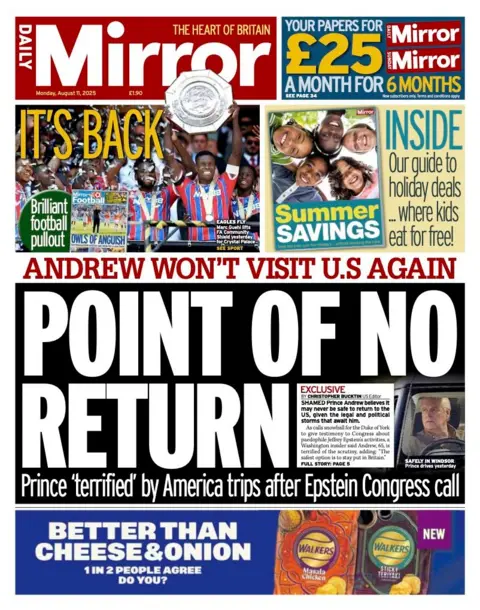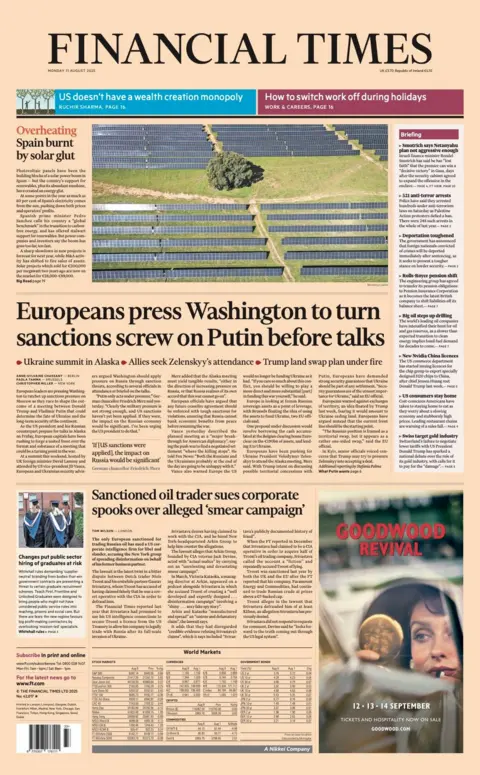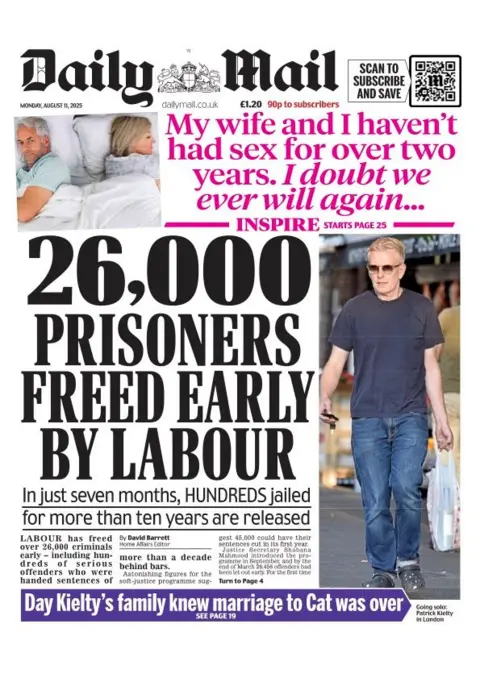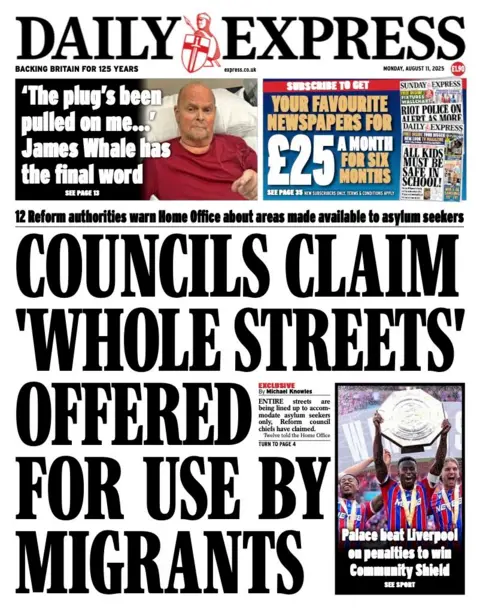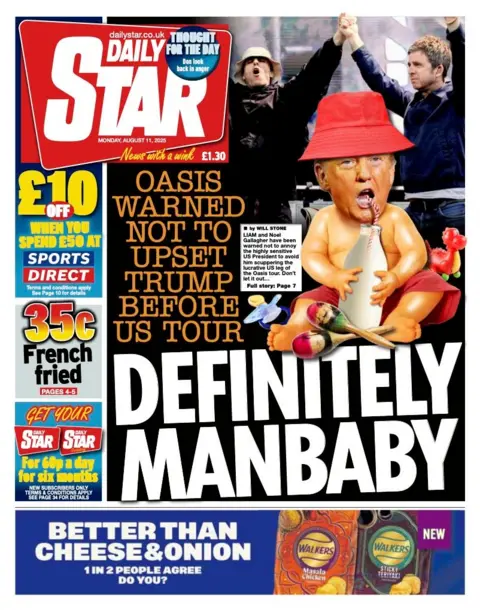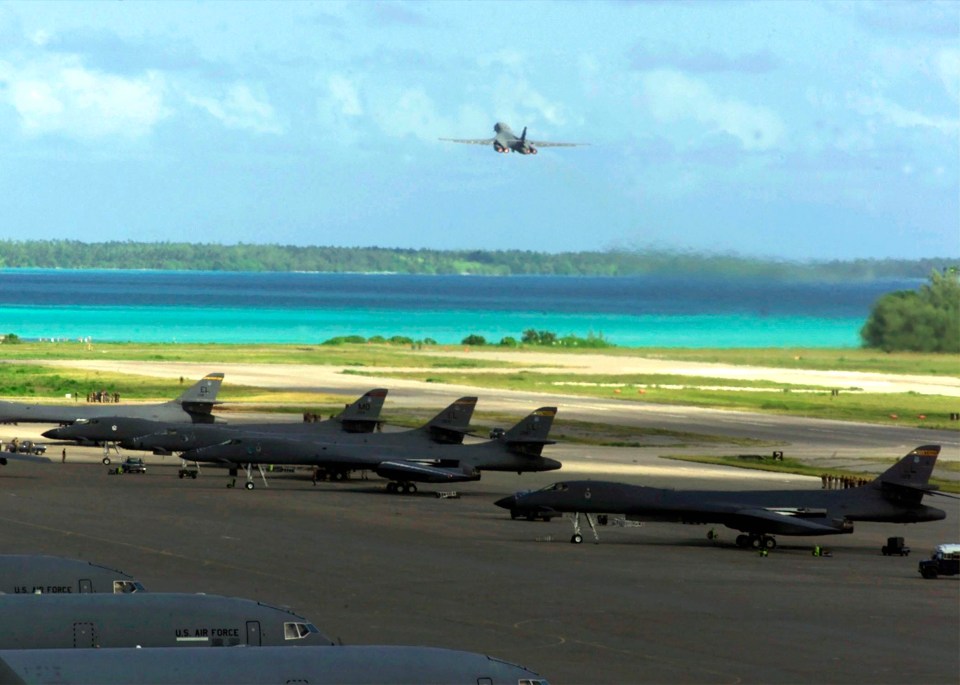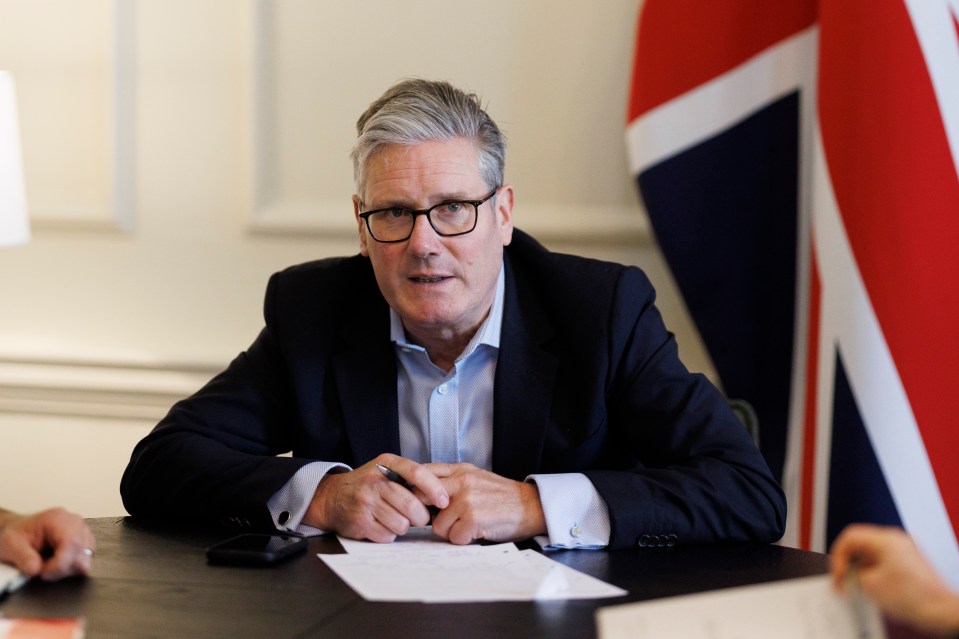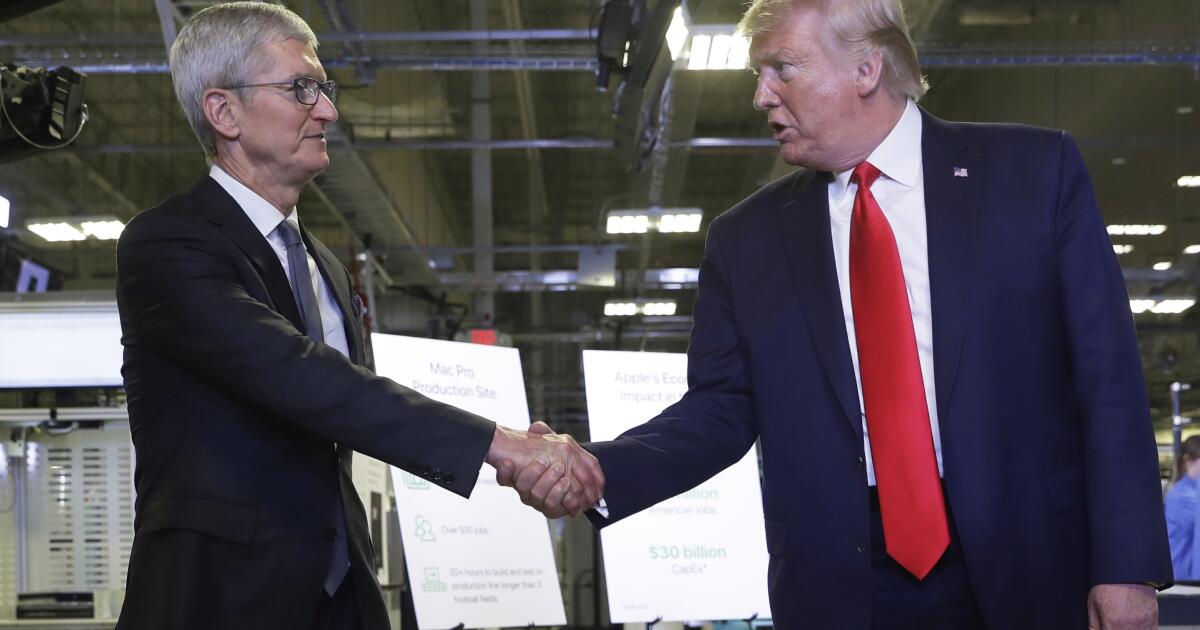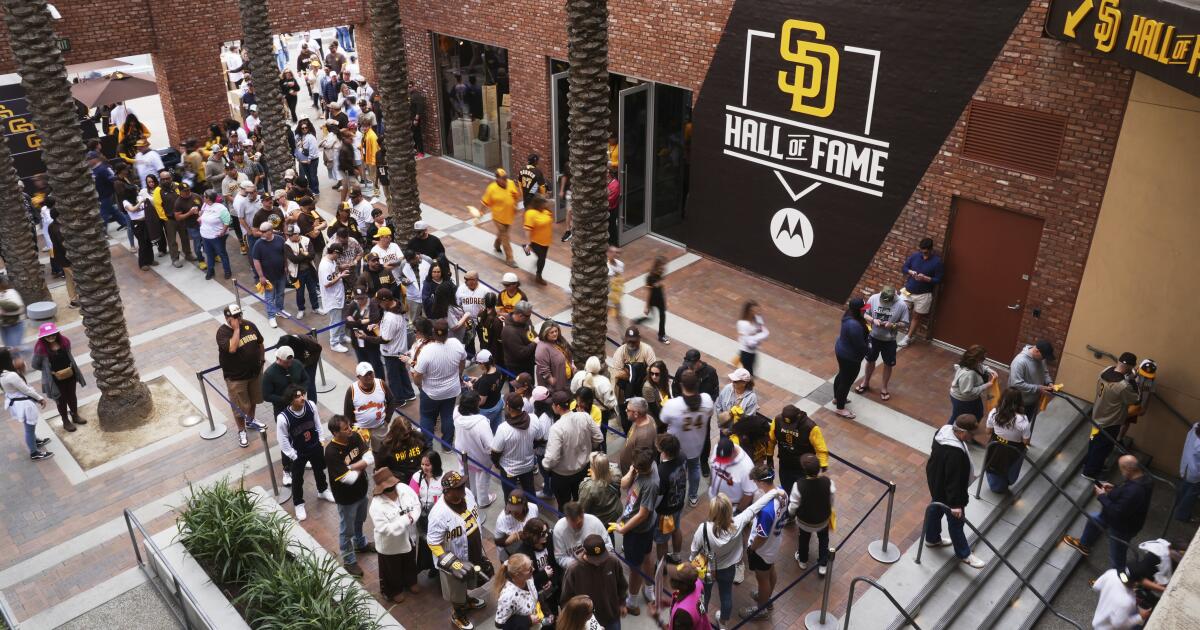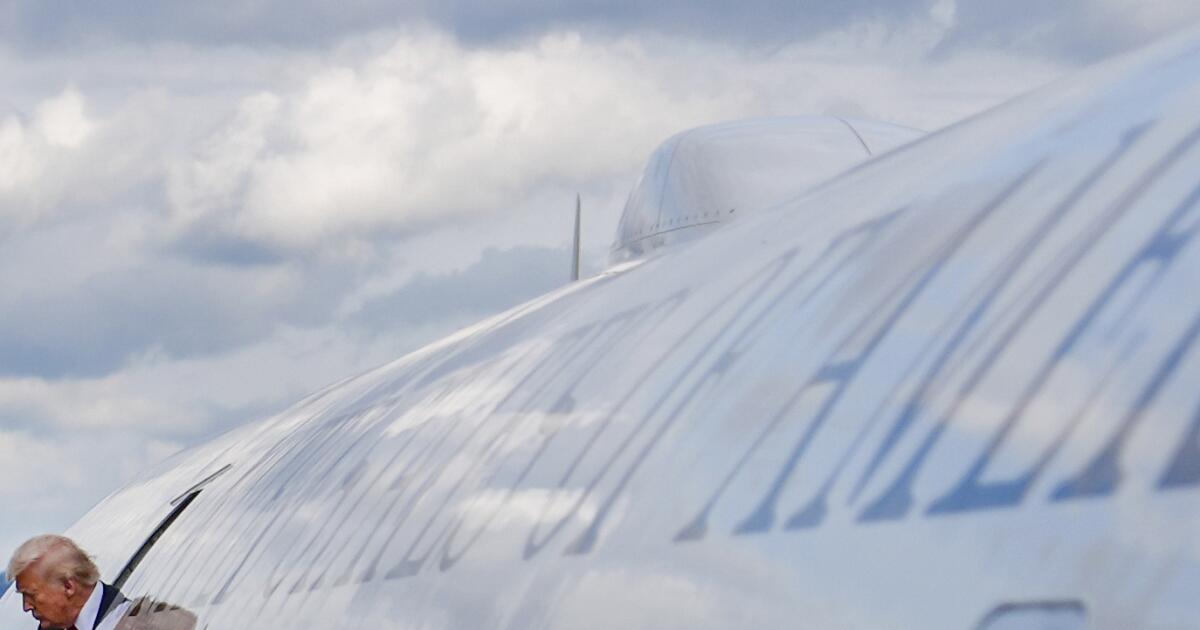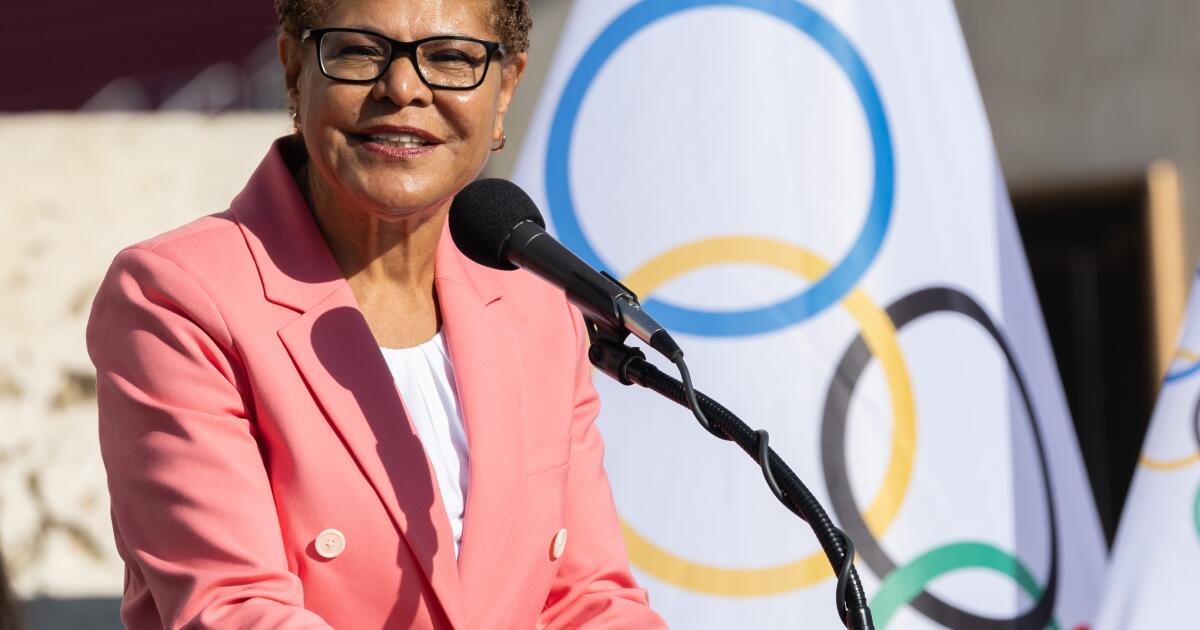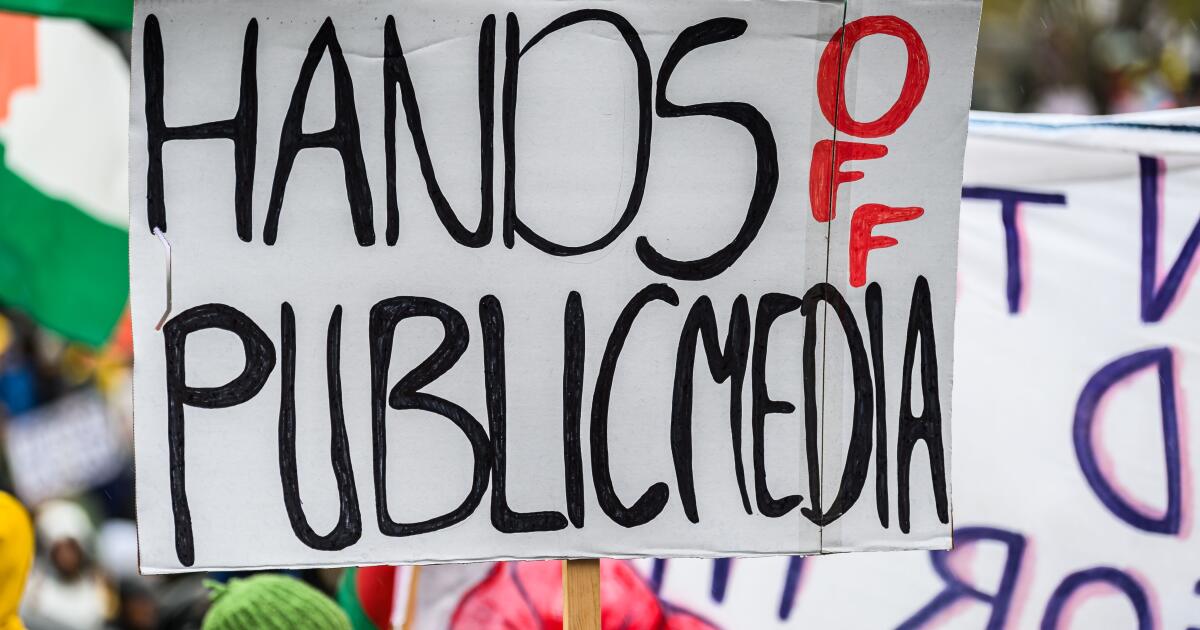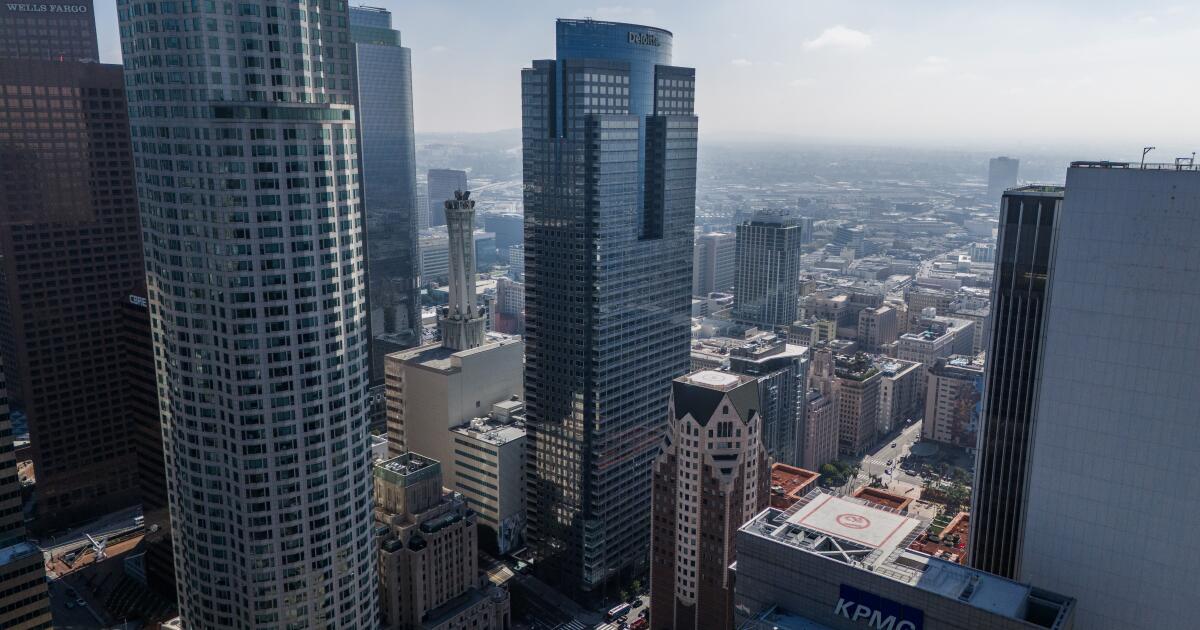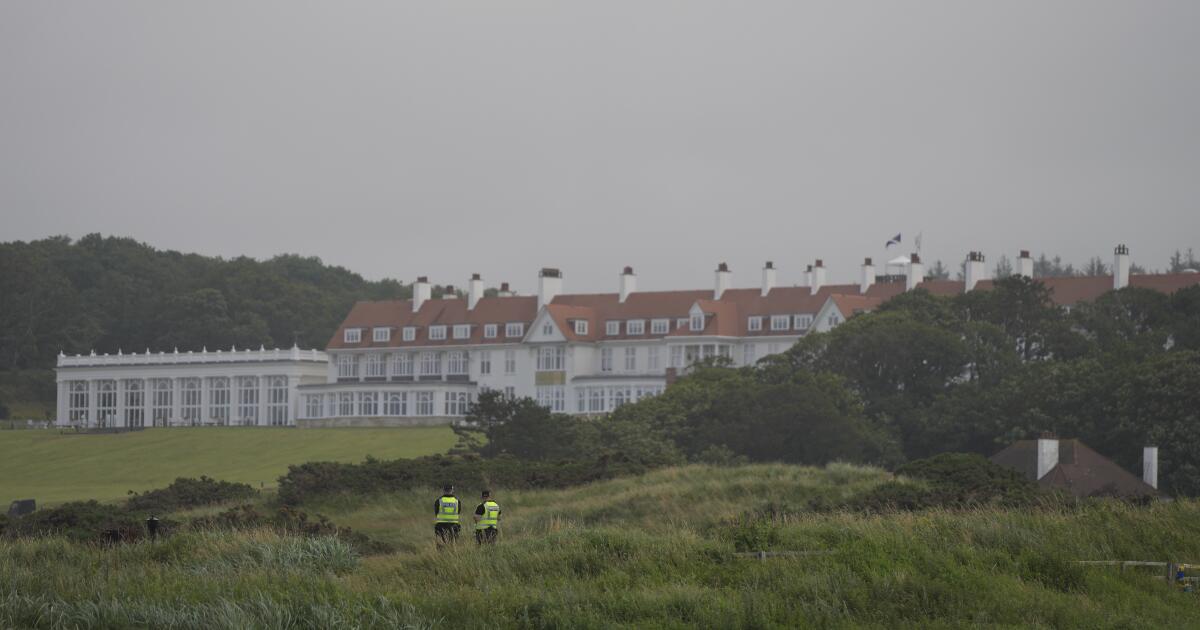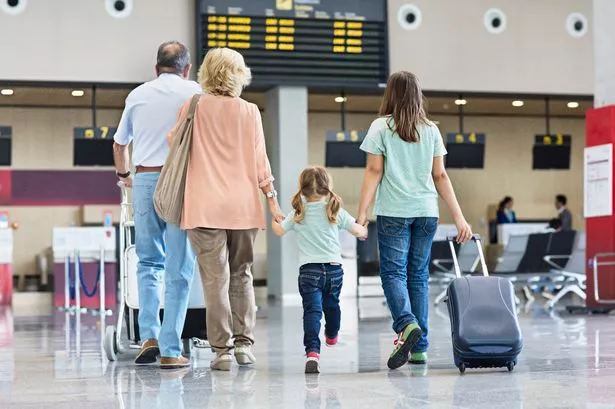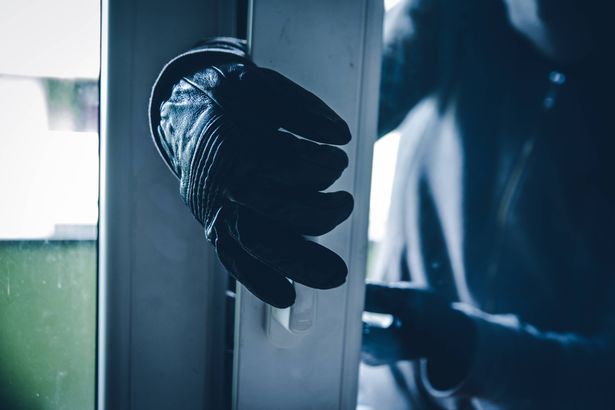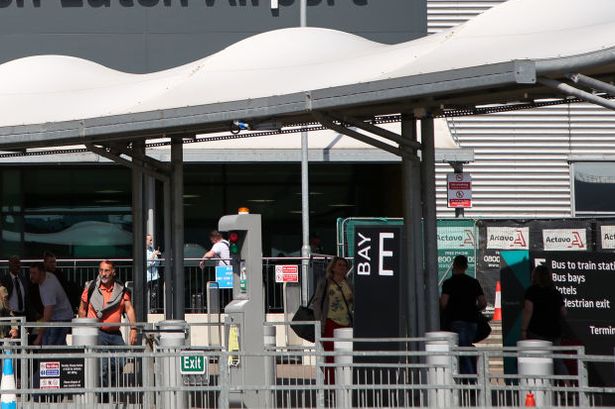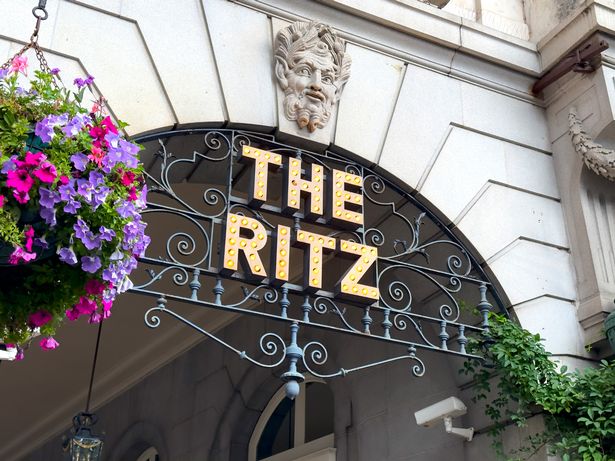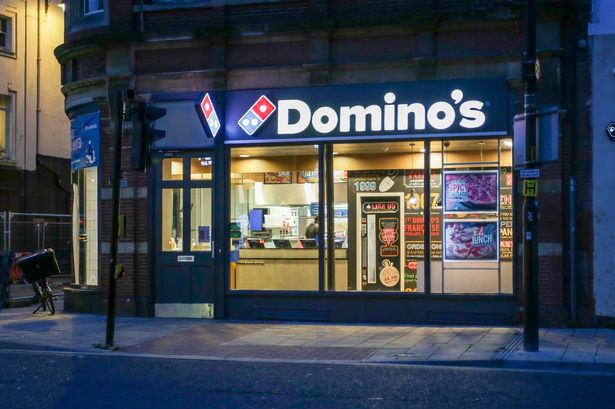I’m a family travel expert, mum of two and a lifelong bargain hunter who has made it my mission to prove you don’t need loads of money to have an unforgettable family holiday
As a mum of two and a lifelong bargain hunter, I’ve made it my mission to prove that you don’t need to spend a fortune to make unforgettable family memories. In fact, with a little flexibility and some clever planning, it’s often cheaper for my family of four to jet off abroad than to holiday right here in the UK.
While others are booking pricey cottages or UK resorts, I’m tracking flight deals, exploring European holiday parks, and uncovering little-known ways to stretch the family budget without compromising on fun. Because for us, holidays aren’t about luxury, they’re about connection, culture and quality time together.
Whether we’re eating street food in Greece or camping on the French coast, I’ve learned one universal truth: kids don’t care how much you’ve spent. They care that you’re there. And with that mindset, here’s how we make European getaways cheaper than a British break, and how you can too.
1. Rethink holiday parks abroad
Start by finding cheap flights from your nearest airport (you can use The Travel Mum website for this). Once you’ve landed a bargain flight, look for nearby holiday camps. Don’t be put off by the word camp, most offer mobile homes with air conditioning, pools, kids’ activities, arcades and more.
We’ve got a few lined up along the south of France this summer, and I’ll be sharing the trip on Instagram stories. These sites offer so much more than a basic UK caravan park, often for a fraction of the price.
2. Use last-minute holiday finders
If you’ve got nerves of steel, tools like TUI’s Last Minute Holiday Finder can land you incredible deals. Sure, planning in advance lets you spread the cost, but if you’re flexible on destination, you could bag a full-package break for less than a long weekend in Cornwall.
3. Try house-sitting
Want to travel without paying for accommodation? Housesitting could be your answer. We’ve stayed across Europe for free by looking after people’s homes and pets, from dogs and cats to house rabbits, lizards and even alpacas! It’s not for everyone, but it can save you hundreds if you’re happy to take on some light responsibilities while enjoying a local experience.
4. Travel before the school holidays start
If your kids can miss a day or two of school, departing just before the official break can save you hundreds. You won’t be fined for the odd day off, and this small shift can make a big difference to your budget.
5. Use the right cards abroad
A lot of people overlook this, but it’s a big one. Avoid transaction fees by using a travel debit or credit card. Many offer near-perfect exchange rates, which means more for your money. It’s one of those small swaps that makes a big impact over the course of a trip.
6. Sign up for deal alerts
Get ahead of the game by joining mailing lists (like The Travel Mum! ) to receive handpicked flight and holiday deals straight to your inbox. The best bargains often don’t last long, so it pays to be ready to act fast.
7. Final thoughts
We’ve done luxury. We’ve done budget. And honestly? The best memories, the laughter, the adventures, the real moments, have almost always come from the simpler trips. So, if you’re weighing up a £1,200 weekend in Devon versus a £900 week in Spain with pools, sunshine, and new experiences? You know what I’ll be choosing. Travel smart, travel often, and don’t let the idea of “abroad” scare your wallet.
Jen Carr AKA @thetravelmum is a family travel expert and founder of The Travel Mum, where she shares the best affordable holiday deals for families throughout the week. https://thetravelmum.com/family-holiday-deals/








